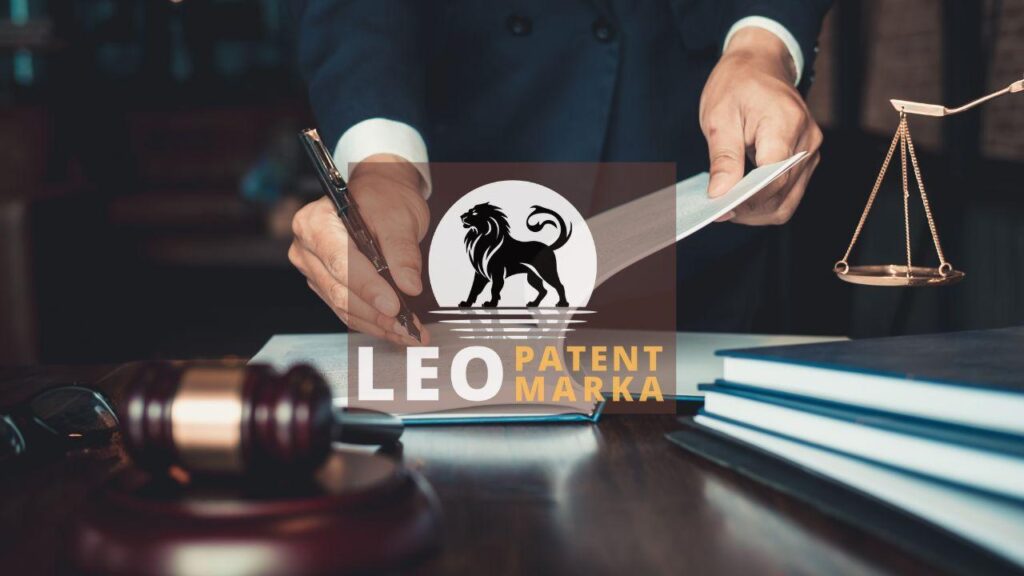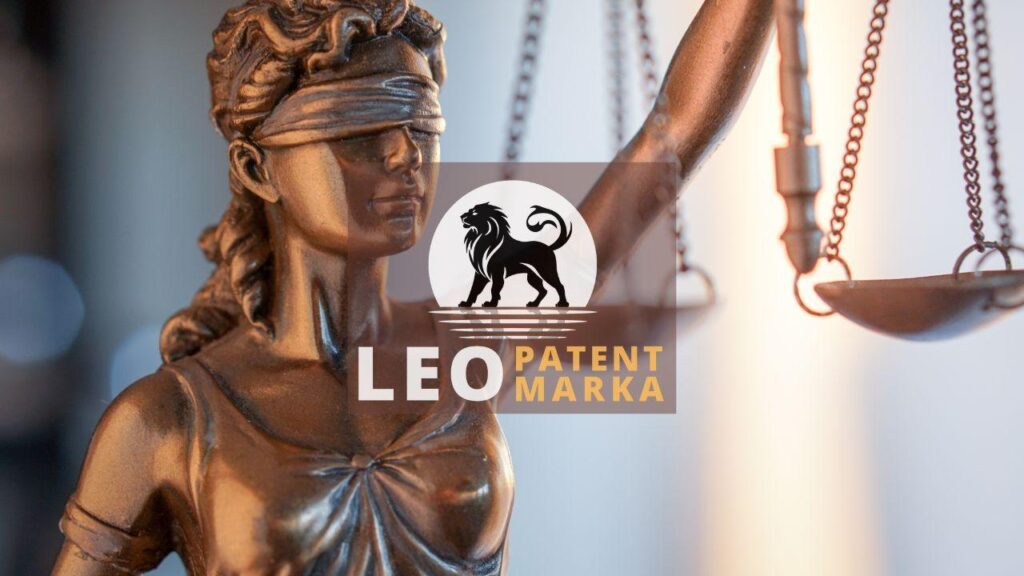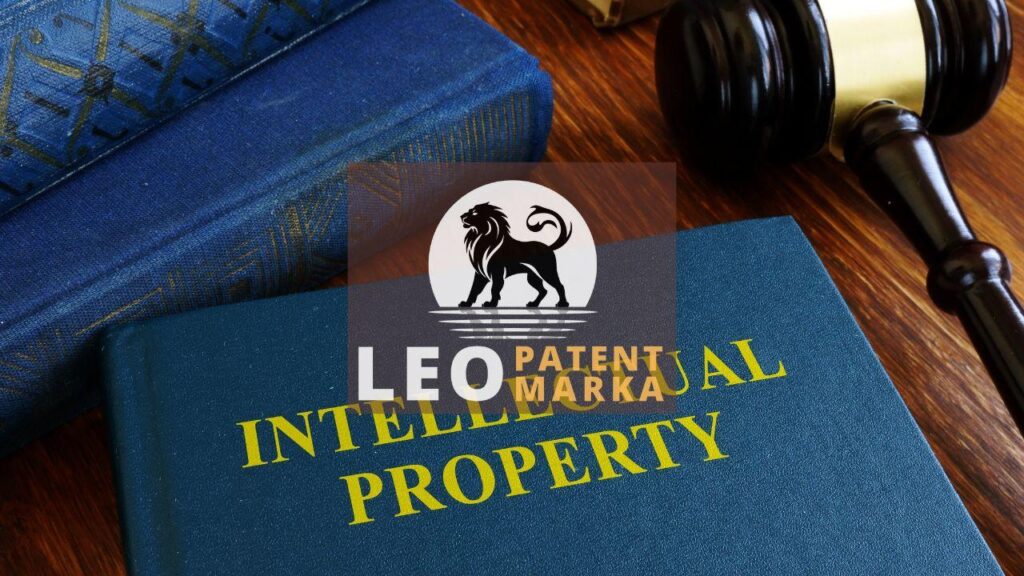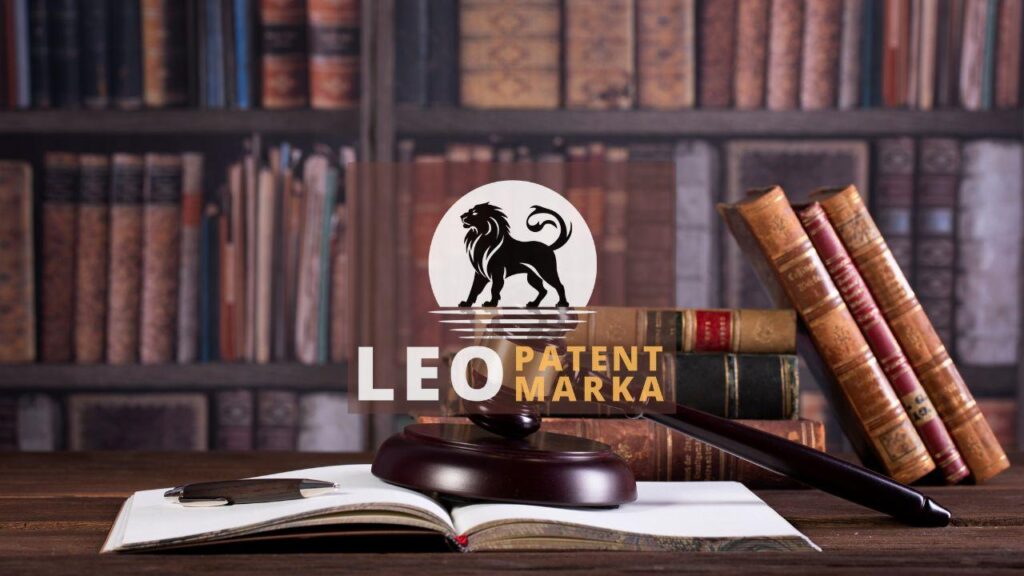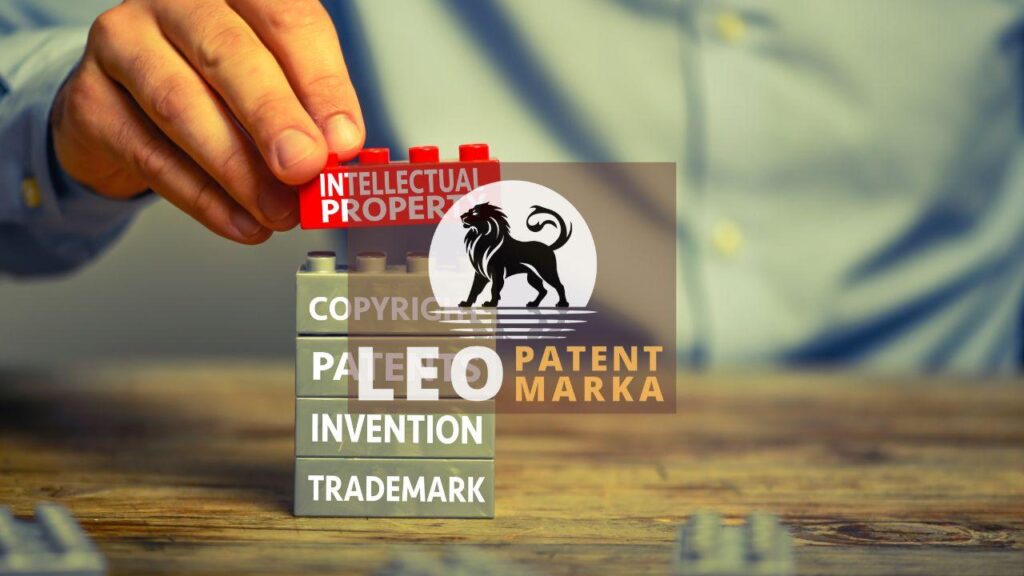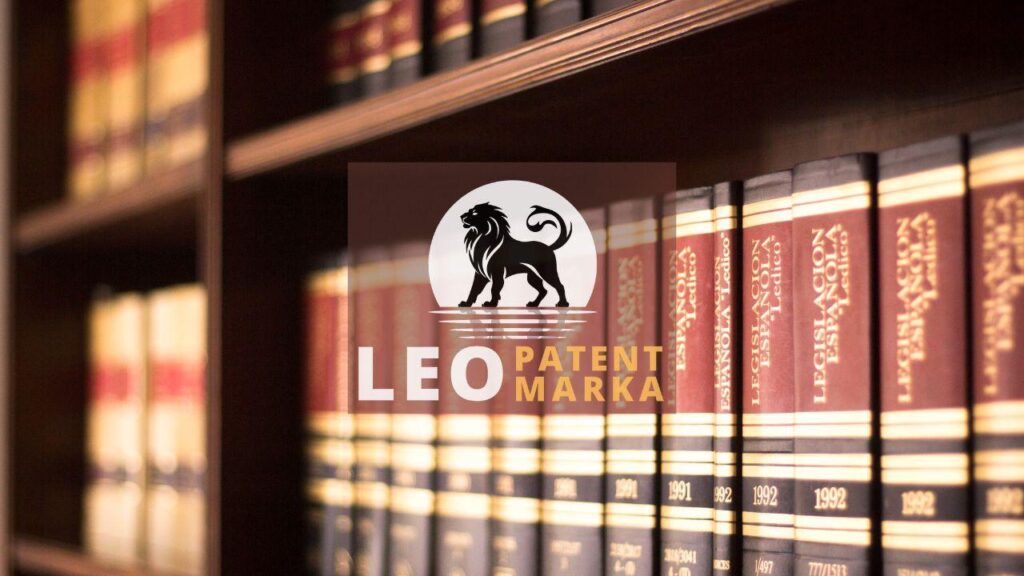Navigating the turbulent waters of a patent infringement lawsuit can be a daunting task for any business or individual. At Leo Patent, we understand that defending against allegations of patent infringement is not just about protecting your intellectual property; it’s about safeguarding your innovation, investments, and reputation. The complexities of Turkish patent law require a strategic approach, tailored defenses, and a deep understanding of both technical and legal aspects. In this blog post, we will explore critical strategies for mounting an effective defense in a patent infringement lawsuit within the Turkish legal framework. From conducting a thorough prior art search to leveraging procedural tactics, our aim is to equip you with the knowledge and insights necessary for a robust defense strategy. Join us as we delve into the essentials of defending your valuable intellectual assets.
Understanding the Scope of Patent Rights in Turkish Law
Understanding the scope of patent rights in Turkish law is foundational for mounting a compelling defense in a patent infringement lawsuit. Turkish patent law, governed by the Industrial Property Code No. 6769, defines the exclusive rights granted to a patent holder and the specific actions that constitute infringement. These rights include the ability to prevent third parties from making, using, selling, or importing the patented invention without authorization. A clear comprehension of the extent and limitations of these rights is crucial as it enables you to identify any non-infringing activities, potential invalidity arguments, or instances of overreach by the patent holder. By thoroughly understanding these parameters, you can build a defense that not only challenges the infringement claims but also reinforces the legitimacy of your business operations under Turkish law.
Another critical element in understanding the scope of patent rights under Turkish law is scrutinizing the claims of the patent in question. The claims essentially define the boundary of the patent holder’s exclusive rights and serve as a reference point in infringement analysis. These claims must be interpreted in light of the patent’s description and drawings, taking into account the doctrine of equivalents, which may extend the scope of the claims to cover not only literal infringements but also equivalent actions that achieve the same result in substantially the same way. By meticulously analyzing the claims, you can assess whether your product or process falls outside the defined scope or if there are grounds to contest the patent’s validity based on insufficient disclosure, prior art, or other legal arguments. This thorough evaluation enables you to adopt a proactive stance in your defense, potentially turning the tide in your favor.
Additionally, when defending against a patent infringement claim in Turkey, leveraging procedural defenses can be a critical strategy. This includes challenging the patent’s validity through oppositions or invalidation actions, which can argue that the patent should never have been granted due to reasons such as lack of novelty, inventive step, or industrial applicability. Employing expert opinions and technical evidence can bolster your case, demonstrating that the patented invention does not meet the stringent criteria set forth by Turkish patent law. Furthermore, procedural defenses can also focus on the proper use of the patent holder’s own actions or omissions, such as failure to properly disclose the invention or claim amendments made during prosecution that narrow the scope of protection. These procedural strategies not only create additional pressure on the patent holder but also open avenues for negotiating favorable settlements or even having the patent invalidated altogether, thereby neutralizing the infringement claim.
Common Defenses Against Patent Infringement Claims
One of the most common defenses in a patent infringement lawsuit is to challenge the validity of the patent itself. In Turkey, this can be done by presenting prior art evidence that shows the patented invention was already publicly accessible before the filing date, thereby undermining the novelty or inventive step required for patentability. Additionally, you may argue that the patent specifications are insufficiently detailed or ambiguous, rendering the patent unenforceable. Another line of defense is the “exhaustion of rights” principle, which posits that the patent holder’s rights are exhausted once a patented item has been sold within the Turkish market. By leveraging these and other defenses, you can significantly weaken the plaintiff’s case, ultimately protecting your innovation and business interests.
In addition to challenging the validity of the patent, another potent defense strategy involves proving non-infringement. This requires a detailed comparison between the allegedly infringing product or process and the claims of the patent, demonstrating that your product does not embody every element of the asserted claims. Expert technical analysis and comprehensive documentation play a key role in substantiating non-infringement. Furthermore, you may also invoke the doctrine of “file wrapper estoppel” in Turkey, which prevents the patent holder from interpreting the claims more broadly than what was originally submitted and accepted during the patent prosecution process. Through meticulous preparation and strategic presentation, these defenses can significantly undermine the plaintiff’s allegations and fortify your position in the lawsuit.
Moreover, the defense of “prior user rights” can also be a critical factor in Turkish patent infringement cases. This doctrine allows a party to continue using an invention if they can prove that they were using it in good faith within Turkey before the patent application date. Such a defense necessitates ample evidence, including documented proof of prior use and operational details. Licensing agreements can also serve as a defense if the accused infringer can show that they had permission to use the patented technology under the terms of an existing license. Additionally, procedural defenses such as challenging the jurisdiction or venue, or seeking a stay of the proceedings pending the outcome of a parallel invalidity action, may offer tactical advantages. At Leo Patent, we emphasize a comprehensive, multi-faceted approach in these cases, blending technical expertise with deep legal acumen to safeguard your business from infringement claims.
Strategic Approaches to Litigation and Settlement
One of the most crucial aspects of defending against a patent infringement lawsuit in Turkey is developing a strategic approach to both litigation and potential settlement. At Leo Patent, we emphasize the importance of early case assessment to identify strengths and weaknesses, enabling informed decision-making regarding whether to pursue litigation or consider settlement options. A robust defense may involve challenging the validity of the opposing party’s patent through substantive research and evidence of prior art. Additionally, procedural defenses—such as questioning the jurisdiction or pointing out procedural lapses by the plaintiff—can provide significant leverage. By combining these tactical approaches, we aim to minimize risks, contain costs, and achieve the most favorable outcomes for our clients.
In the context of patent litigation in Turkey, engaging in negotiations for a potential settlement can often be a pragmatic approach. Settlements can save significant time and expenses associated with prolonged court battles while providing a more predictable outcome. At Leo Patent, we guide our clients through the process of assessing the feasibility of settlement, taking into account the strengths and weaknesses of the case as well as the financial and operational impact of potential litigation. We assist in crafting settlement agreements that protect our clients’ interests, which may include licensing arrangements, cross-licensing agreements, or other forms of amicable resolution. By leveraging our deep understanding of both legal and technical factors, we aim to create solutions that safeguard your business and intellectual property rights while fostering an environment conducive to continued innovation and growth.
Equally important in a strategic defense is the possibility of appealing unfavorable decisions through the Turkish courts. Understanding the multi-tiered Turkish legal system, which includes first-instance courts, Regional Courts of Appeal, and the Court of Cassation, is crucial. At Leo Patent, we offer extensive expertise in navigating these appellate avenues, ensuring that our clients’ legal arguments are meticulously presented and substantiated. Additionally, leveraging alternative dispute resolution mechanisms such as arbitration and mediation can often provide a less adversarial and more efficient means to resolve patent disputes. Our team is adept in employing these methods to achieve expeditious and mutually satisfactory outcomes, reducing the business disruptions and uncertainties associated with prolonged litigation. By integrating these diverse strategies, we strive to deliver comprehensive defense solutions that align with our clients’ long-term business goals and safeguard their innovative contributions.
Disclaimer: This article is for general information purposes only and it is recommended that you consult experts and companies in that field to evaluate your specific situation. We are not responsible for any damage that may arise from the use of the information in this article.

